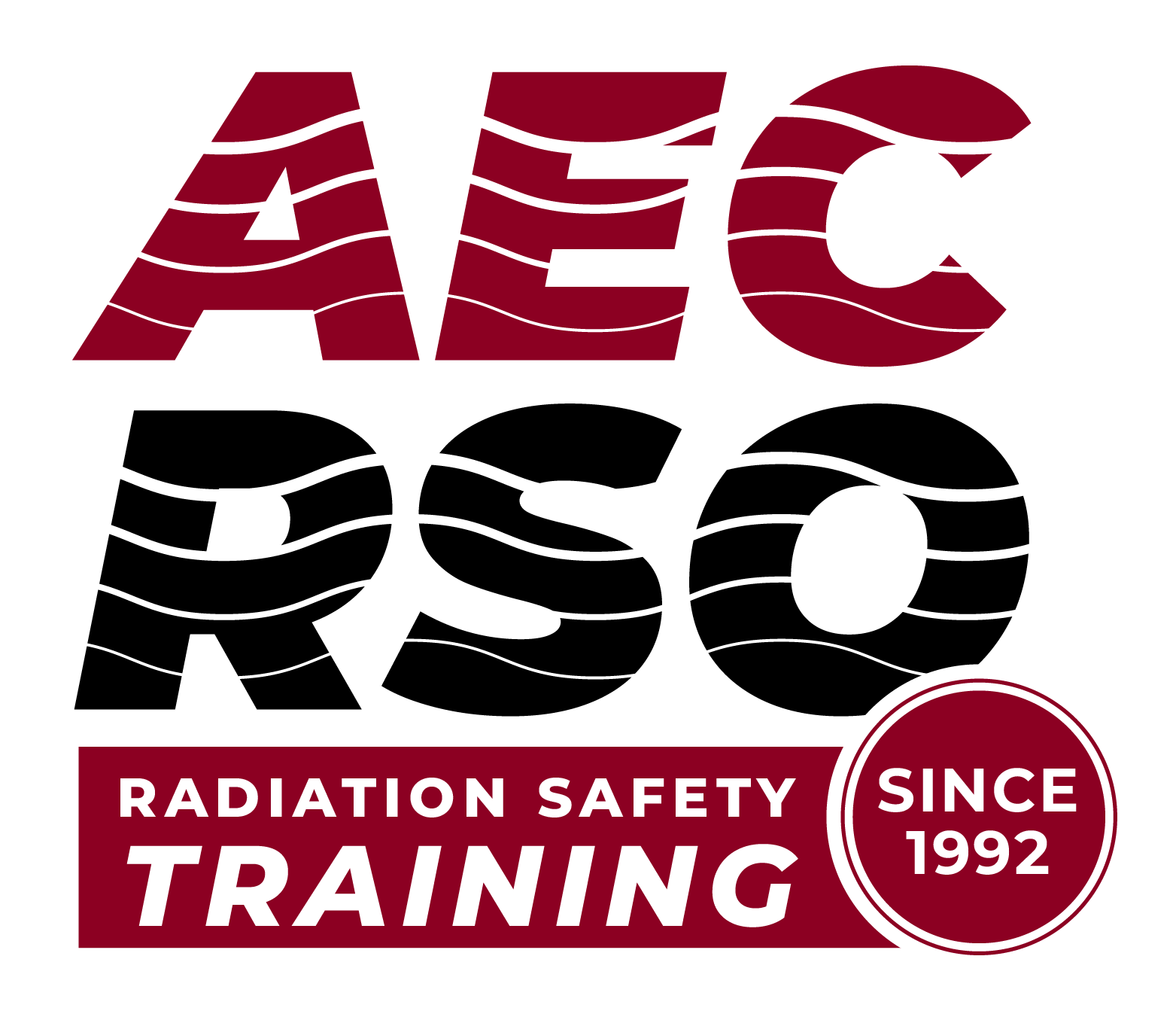TOPIC 7: Performing Personal Monitoring
When establishing a personnel monitoring program, with what we commonly call badges, the first step is to determine the extent of the monitoring needed. This is driven by:
- – What is the hazard
- – What dose levels are anticipated
- – What the regulatory authority has approved
There is always a Control badge with each shipment of worker badges. This is kept in a low background area. Everyone’s badge is kept with the Control badge when not being worn by the worker. The Control badge is used by the supplier to subtract the background radiation from the total radiation exposure by the worker.
REMEMBER: Keep the worker badge with the CONTROL badge when not in use.
When mailing badges to the supplier for analysis, make sure the CONTROL is also mailed.
—
Personnel monitoring programs have a variety of capabilities and responses. A facility must obtain approval from the regulatory agency as to the most appropriate monitoring program. These include:
AREA Monitors: Monitor radiation in the area for a group of Authorized Users.
PERSONNEL monitors: Each Authorized User wears the badge
BIOASSAY: Obtaining data from the body as to a potential for radioactive materials uptake by the user.
This can include DIRECT measurements or an analysis of bodily fluids – such as urine to determine radionuclide uptake.
Sometimes a combination of these may be used. If AREA MONITORING is used, that usually means doses are expected to be low and there won’t be individual personnel monitoring.
—
AREA Monitors monitor radiation in the area for a group of Authorized Users.
These are typically the same badges workers wear but act as passive dosimeters that remain in the area 24/7. We can calculate the average hourly dose for the workers:
13 weeks/quarter X 40 hours / week = 520 working hours / quarter
If the total dose received on our area badge is 90 mrem net dose (above background) for the quarter, then the average dose per person in the room is:
90 mrem / 520 hours = 0.173 mrem/hour
—
Personnel monitoring have passive or real-time monitors.
Passive is a badge that is worn and shipped to laboratory for analysis. This is done monthly or quarterly, depending on how much radiation exposure is expected
If a worker is anticipated to receive 25 mrem / quarter, then a monthly badge may be considered.
Real-time monitoring is done using a POCKET DOSIMETER that can be read at any time. This type of monitor is used for potential of moderate to high dose tasks. We’ve already talked about these monitors.
RSO needs to make sure that:
- – Each Authorized User wears their own badge
- – Badges are sent in timely with the CONTROL badge
- – Personnel are trained on how to wear the badge when in use; and, where to store them when not in use. And as we now know, they are always stored with a Control badge.
—
BIOASSAYS are the method of obtaining information about the amount of uptake of radioactive materials in the body.
The most common method is a urinalysis and analyzing radioactive materials that have been ingested or inhaled into the body.
The second is by obtaining direct readings of particular organs that may be targets for the radioactive materials. This is done with an external survey meter in an extremely low background area.
A typical example would be taking a reading of the human thyroid directly from the outside of the body if the user handles volatile radioactive iodine.
In this case, it is important to use a “phantom” with the approximate density of the human body. Using a check source that has similar gamma energy as the radioactive iodine, place it in the “phantom” and take a direct measurement to establish the counting time. Then, using the same low background area, count the thyroid at a prescribe distance to determine any quantifiable amount of uptake. Calculations can then me made as to the dose received.
